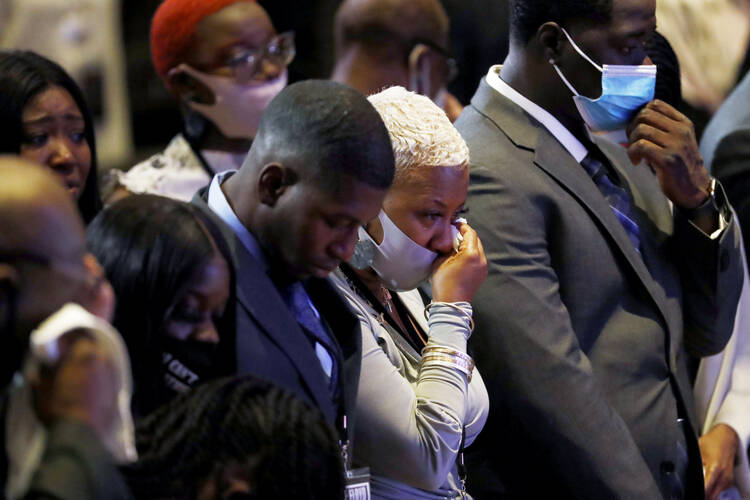The death of George Floyd at the hands of Minneapolis police on May 25 provoked scores of Black Lives Matter demonstrations and sporadic moments of violence by protesters, police and opportunists across the country. For many, the notion of a lethal police bias against African Americans appears self-evident, but ongoing research has also tracked the impact of bias among police.

The Washington Post has been counting deaths at the hands of police since 2015, when the shooting of the unarmed Michael Brown in Ferguson, Mo., ignited the Black Lives Matter movement. The Post reports that nationwide police have killed about 1,000 people each year since 2015.
Half of the people killed by police were white, and 26 percent were African-American. Since African-Americans account for less than 13 percent of the U.S. population, this means they are killed by police at more than twice the rate of white Americans. Another recent study found an even more substantial discrepancy, reporting that African-American men are 2.5 times more likely to be killed by police than are white men.

As a police officer kneeled on his neck for almost nine minutes, Mr. Floyd called out, “I can’t breathe” and begged to be released before losing consciousness. According to Minneapolis police recordkeeping, the city’s African-American community, though only about 20 percent of its population, absorbs more than 60 percent of the violence—in the form of takedowns, mace, tasers, punches, neckholds and more—when arrests and other encounters with police become physical. The New York Times reports the police in Minneapolis used force against African-American residents seven times more often than against white residents during the past five years.
Sources: The Washington Post; The New York Times; The Guardian; Mapping Police Violence database; “Risk of being killed by police use of force in the United States by age, race–ethnicity, and sex” in Proceedings of the National Academy of Sciences.










